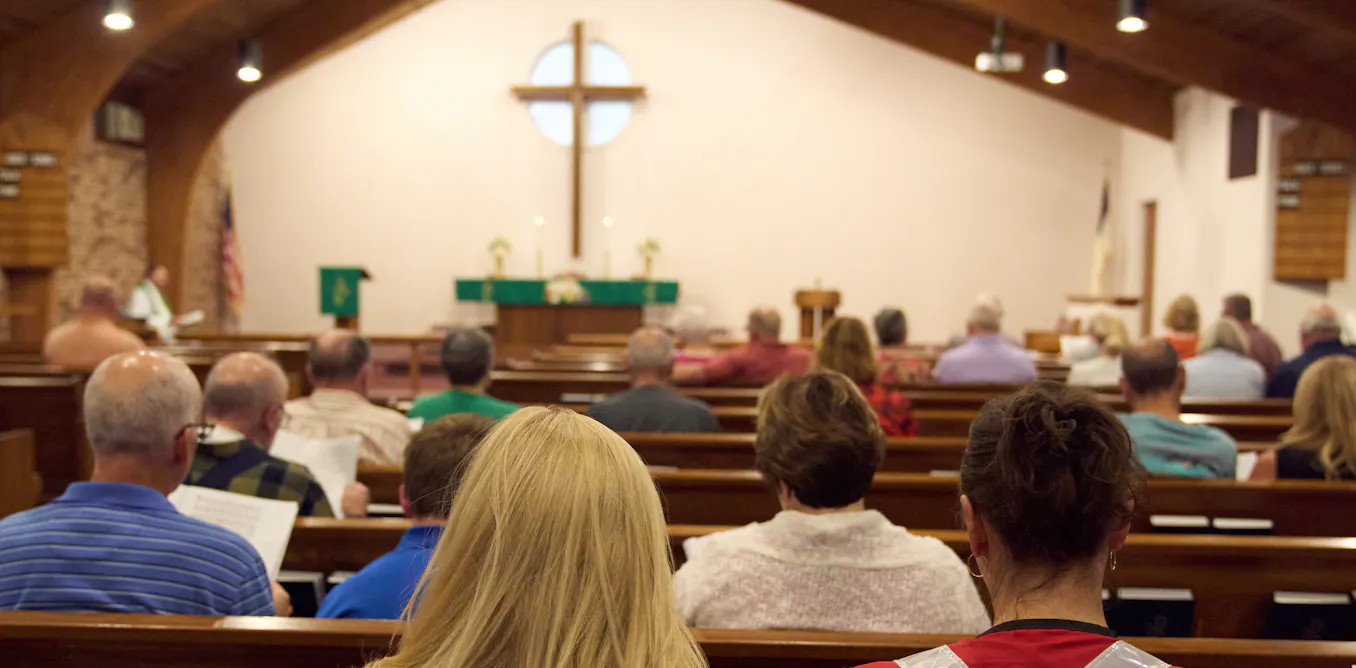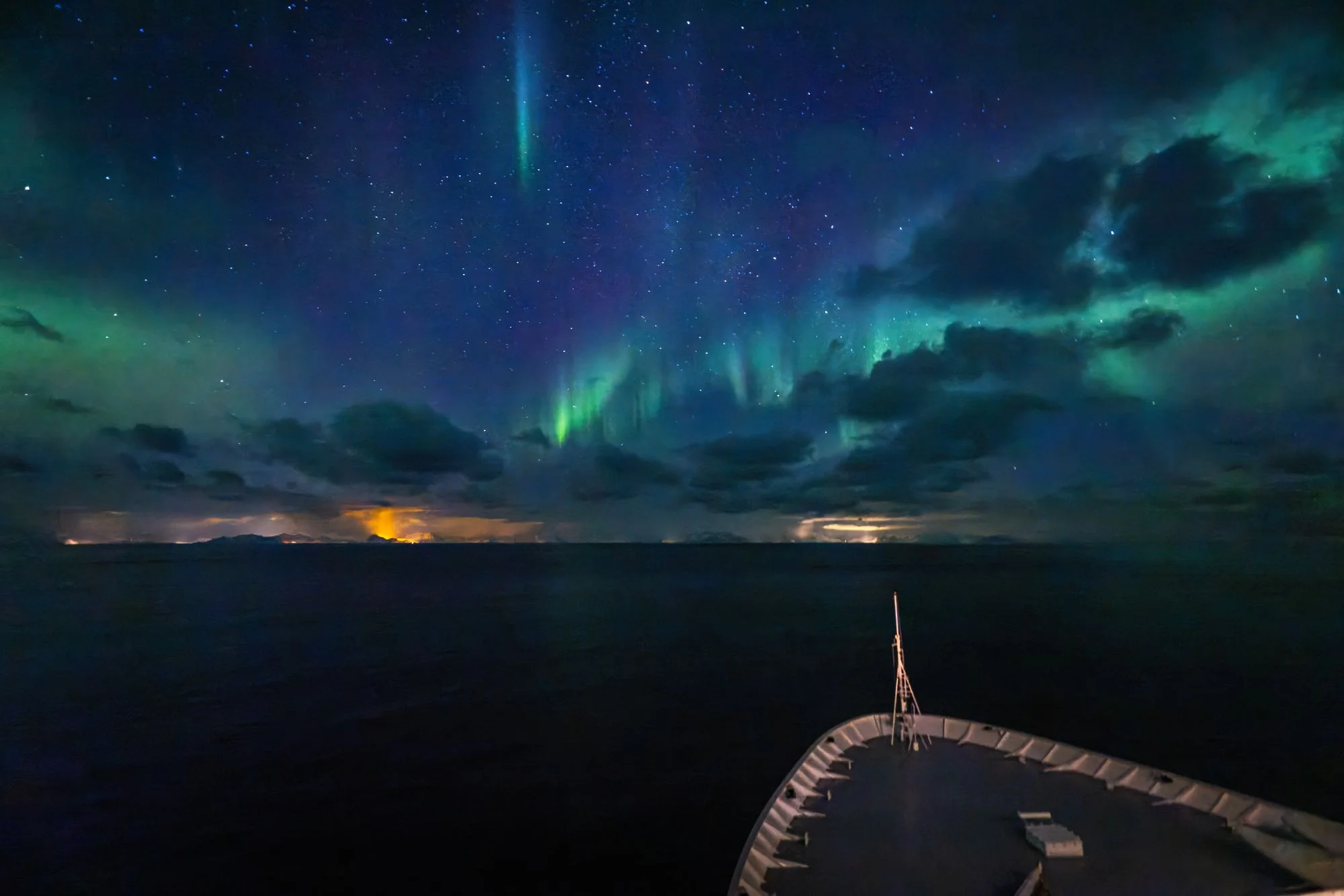The Michigan church shooting sits within a long history of hatred against Mormons in America
By Associate Professor in American Politics and Foreign Policy,David Smith,University of Sydney,US Studies Centre
Copyright theconversation

On Sunday, a gunman launched a horrifying attack on people at a Church of Jesus Christ of Latter-day Saints in Grand Blanc, Michigan.
Thomas Jacob Sanford allegedly rammed his pickup truck, adorned with American flags, into the doors of the chapel as a service was taking place. Authorities stated he shot at worshippers with an assault weapon, then set fire to the building. Four people died, and police killed Sanford at the scene shortly afterwards.
Media reports and government spokespeople suggest Sanford was motivated by a pronounced hatred of followers of the Church of Jesus Christ of Latter-day Saints (LDS), widely known as Mormons.
According to a childhood friend, Peter Tersigni, Sanford became fixated with the church when he started dating one of its members while living in Utah:
He started dating this girl and then investigated and learned about Mormons because she was a Mormon. And I know that also, he got into meth really hardcore. It messed his life up and it messed his head up. And it just happened to be at the time he was around Mormons.
The language Sanford is reported to have used to describe Mormons – calling them “the antichrist” and saying “they are going to take over the world” – taps into a conspiracist suspicion of Mormons that has existed in America since the LDS church was founded in 1830, and which is still widespread in some subcultures today.
Anti-Mormonism in American history
Joseph Smith, the founder of Mormonism, had enemies from the beginning. New Christian sects were proliferating in America, but Smith went further than most. He declared himself a “prophet” and claimed to have a new religious scripture that was equal to the Bible.
Many denounced Smith as a fraud, and his neighbours feared the political power he wielded over his growing community of followers. After the Mormons were forced out of Missouri by a state Extermination Order and a subsequent massacre, Smith was assassinated by an anti-Mormon militia in Illinois in 1844.
The Mormons fled to Utah in 1847 under the leadership of Brigham Young. There they endured decades of federal government pressure to abandon the practice of polygamy and submit to the authority of the United States, which sometimes brought in armed forces.
This may seem like remote history, but to this day many evangelical Christians fear the fast-growing but “false religion” of Mormonism will lure people away from true Christianity. There is a cottage industry of YouTubers, some of them ex-Mormons, dedicated to disproving the teachings of Joseph Smith.
Nor has the violent past been forgotten. Earlier this year Netflix released a series depicting the Mountain Meadows Massacre, perpetrated by a Mormon militia in 1857.
Jon Krakauer’s 2003 bestselling book, Under the Banner of Heaven, also made into a streaming series, explored 1980s murders in a Mormon splinter sect. The book emphasised the prevalence of violence in early LDS history.
Anti-Mormonism today
Anti-Mormon violence is relatively rare in America today, but aversion to Mormons is not.
A 2022 YouGov poll of Americans found 39% of respondents held unfavourable views of Mormons, compared to just 17% with favourable views. This net negative approval was comparable to American attitudes towards Muslims, and more negative than American attitudes towards atheists.
I argued in a 2014 study that Mormons face hostility from both sides of America’s culture wars. Many conservative Christians believe Mormons are not real Christians. At the same time, many liberal and secular-minded people associate Mormons with the Christian-right.
In 2012, the high-profile Mormon Mitt Romney became the Republican candidate for the presidential election. The number of liberal and non-religious people who said they would not vote for a Mormon for president increased significantly between 2007 and 2012, despite the fact Democratic Senate Majority Leader Harry Reid was also a Mormon.
The LDS church was also prominent in campaigns against same-sex marriage in western states in the late 2000s. This led to protests and some acts of vandalism at LDS houses of worship, prompting expressions of solidarity by other conservative religious groups.
The bipartisan nature of anti-Mormonism arguably makes it one of the more socially acceptable biases in the US. But there is a world of difference between not wanting a Mormon president, or enjoying such mockery as the Book of Mormon musical, and physically attacking Mormons.
From prejudice to violence
Between 2015 and 2024, the FBI counted 160 hate crimes reported against LDS victims. These included 63 acts of vandalism and property destruction and 29 assaults. The states with the most incidents were Utah (25), California (23), Washington (14), Tennessee (12), Georgia (10) and Nevada (10).
A 2019 report in the LDS-owned Deseret News expressed concern over rising anti-Mormon hate crimes. But it pointed out this was part of a larger trend of rising hate crime in the US, and that anti-LDS incidents were dwarfed by hate crimes targeting Jews and Muslims during the same period.
Immediately after the Grand Blanc killings, President Donald Trump called the incident “yet another targeted attack on Christians in the United States of America”.
This fits his culture-war framing of Christians being under constant attack. But it glosses over the specific animus Mormons face in American society, often from other Christians and conservatives (the alleged Grand Blanc shooter wore a Trump 2020 shirt in a social media post).
Since 2000, there have been nearly 500 homicides in American places of worship, three quarters of them by firearm. This is a bigger problem than the violence facing any one religious group.



